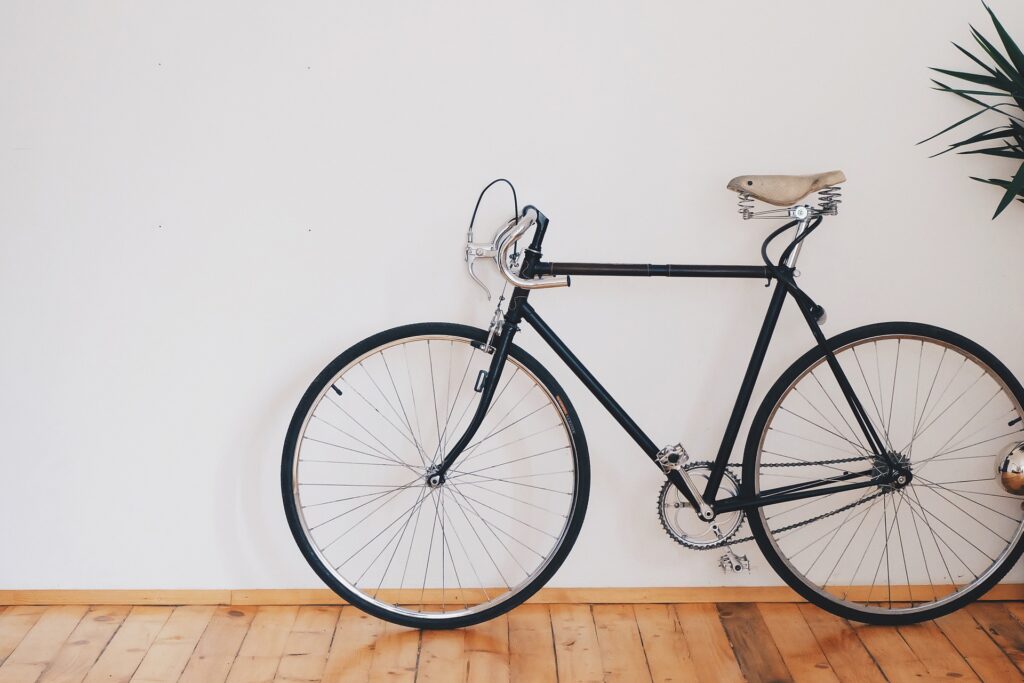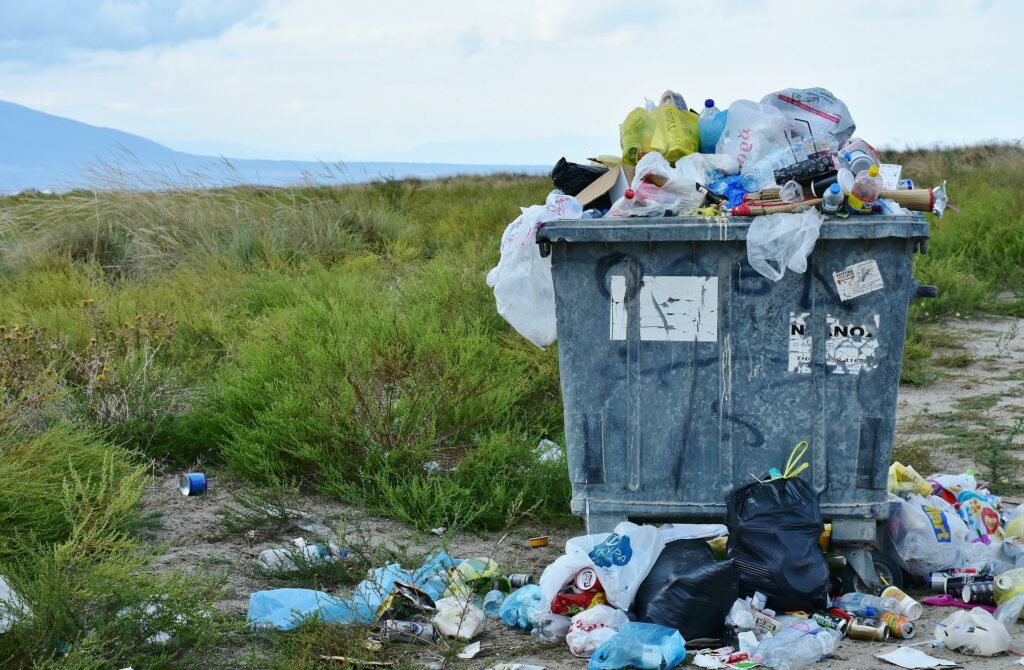What We Can Do in Everyday Life to Help the Climate?
Over the past few years, we’ve seen people change their lifestyles and certain habits to do their part for the climate. Experts and authorities have launched many environment-friendly and sustainable programs to reduce your carbon footprint and save energy. But, the most asked question remains the same “what can I do to make a difference”? How will a small change in my lifestyle contribute to this climate?
While a person alone can’t make drastic changes to the climate level or bring it to a reasonable level, it can make a significant impact on businesses and policymakers. Raising your voice as a citizen or customer can pinpoint the climate issue, which will eventually result in more people contributing to the environment. In this post, we will walk you through a few notable things we can do in everyday life to make a difference in the climate. Let’s take a look:

Buy an Energy-Efficient shower head
A small change in your bathroom, like replacing your shower head, can make a big difference to the environment. A shower or an older style shower head uses up to 19 liters of water per minute. Switching to an energy-efficient shower head can reduce your water consumption to 9 liters per minute. Now, think about the amount of water you are saving every day. Plus, less water consumption means you need less energy to heat it. An energy-efficient shower doesn’t affect your bathing experience. You will enjoy the same comfortable and cool shower without wasting more water than required. This small investment will not only help you contribute to the environment, but it can save you tons of money on utility bills in the long run.

Use an Eco-friendly Ride
Careful and slow driving can save your fuel by 20%. This means you can drive the same distance with less fuel consumption. Don’t let your car sit idle for long . Switch the engine off if there is traffic in the parking lot or on the road. Constant acceleration and braking also lead to excess fuel consumption while increasing your risk of accidents. If you are using a car for your daily commute, learn how to drive smoothly and steadily.
Bikes make a great alternative to cars from an environmental perspective. If you own a bike, use it instead of your car. A bike prevents CO2 emission, protecting the environment and the climate from air pollution. If you want to do something good for the climate, switching to an eco-friendly ride will give you a good start. Biking to work or other places will save you the time of searching for the available parking space or getting stuck in the traffic. It will also add a few minutes of exercise to your routine, making it a healthy, economical, and eco-friendly way to travel every day.
Cut Back on Flying
There are many cost-effective and energy-efficient alternatives to flying. Booking a flight makes sense when there’s an emergency, and other transport options won’t work. But, you must avoid traveling by air for vacation or business purposes. If you are traveling within the continent, take a train instead. An electric car is also a great option for families planning a vacation to a different city. You can enjoy a fun ride without paying more than what’s required.
Flying is not good for our planet, as it causes a significant volume of carbon emissions and eventually leads to global warming. The flight operates on kerosene fuel, releasing carbon dioxide and other harmful gases into the air when combusted. While you can’t avoid air travel for emergency and business purposes, the least you can do is book a seat in economy class. People in the business class have three times higher carbon footprint than those traveling in the economy class.

Replace Your Lighting
The traditional-style incandescent bulbs use 5 times more power than new LED lights. LED bulbs do not only benefit the climate, but they can save you a lot on the energy bills. More and more homeowners are switching their traditional bulbs with LED lighting because of their energy-efficient and long-lasting properties. LED has a higher upfront cost than incandescent lights. But, they make an economical choice in the long run.
An average LED bulb has a lifespan of approx 20 years, and it can last longer depending on how and where they are used. It requires less energy to light your rooms, thus reducing your electricity bills. Another benefit of LED lighting is that it is recyclable. So, make the climate better by switching to this energy-efficient lighting, and save yourself hundreds of dollars on electricity bills annually.
Reduce Energy Bills
Everybody wants to save money on their utility bills, but not everyone is willing to switch to energy-efficient appliances and energy-conserving methods. Small changes at home can cut your energy usage. Earlier, we mentioned how switching to LED bulbs could make a good long-term and energy-efficient investment for homeowners. Similarly, using cost-effective electrical appliances can result in significant savings on your utility bills.
Use a smart thermostat to automate the temperature setting in your home. This remote-control device changes the temperature based on the current weather and whether your home is occupied. With a smart thermostat, you can control your home’s temperature settings anywhere. It reduces the use of your HVAC appliances when the home is unoccupied, or the weather is pleasant. You must also conduct regular electricity inspections to see if your electrical appliances are in working order. Sometimes, poor ventilation causes variation in the temperature in your rooms. Some rooms feel hotter than others. Replace your vents to improve the ventilation and reduce your energy bills.

Plant Regularly
The sudden and drastic climate changes in the past few years have been linked to a fewer number of forests left on earth. Plants purity the air by eliminating carbon from the atmosphere and reducing climate change. Especially trees that have aged naturally have the capacity to hold a significant volume of carbon and other harmful pollutants. Research shows that trees absorb as much as one-third of the global emission annually.
The more we burn these forests and cut trees for urbanization, the more pollutants will be released into the air. In fact, deforestation is one of the most common causes of air pollution and climate change. The question is, what can individuals do to protect the atmosphere from this increased level of pollution and carbon emission? If each one of us plants one tree every month, it can make a big difference to the climate. It’s even better if you plant native plants that attract pollinators, like hummingbirds, bees, and butterflies.
Protect Green Spaces
Garden reduces the emission of carbon dioxide and protects the atmosphere from pollution. They cool the overheated areas in cities while providing a safe habitat for insects, birds, and animals. Green space is also linked to improved mental health. It reduces stress and serves as a great place to practice meditation. Build a green space in your home and add pot plants. Grow grass instead of using turf or pavers.

Cut Waste Production
Waste is an unavoidable part of our lives. We can reduce it, but eliminating it completely is not an option. A few tips go a long way in minimizing waste production. For example, you should avoid plastic bags and disposables. Do not buy single-use or fast-fashion items. A common mistake people tend to make when processing waste is sending reusable and recyclable items to the landfill.
You must divide the waste into three categories – reusable, recyclable, and non-recyclable. Buy eco-friendly and sustainable products. The unwanted items, such as your old clothes or accessories, can be donated. You can also resell them on eBay or Craigslist if they are in good condition. Or, you can send them to the recycling center. The goal is to reduce the amount of waste ending up in landfills. Replace the plastic with its alternatives wherever possible. If you can’t avoid plastic use, make sure it is disposed of properly, i.e., away from the oceans.
Be Creative
Your contribution might make a small difference to the environment and climate. But, educating people about energy efficiency and your contribution to the planet can encourage them to participate. There are dozens of creative ways to inform people about the environment, factors that can slow down climate change, and how can one reduce their carbon footprint. Music, writing, and visual art are a few creative methods to bring a change. Try to show people climate change and its long-term impact on our environment through a different lens.
Bottom Line
As you follow these tips to reduce your carbon footprint, share your experience with your loved ones and friends. Educate them about how they can also do their parts for the planet. So, why wait? Use energy-efficient appliances and plant more and more trees to slow climate change.


Thanks a lot for the good advice, CN!